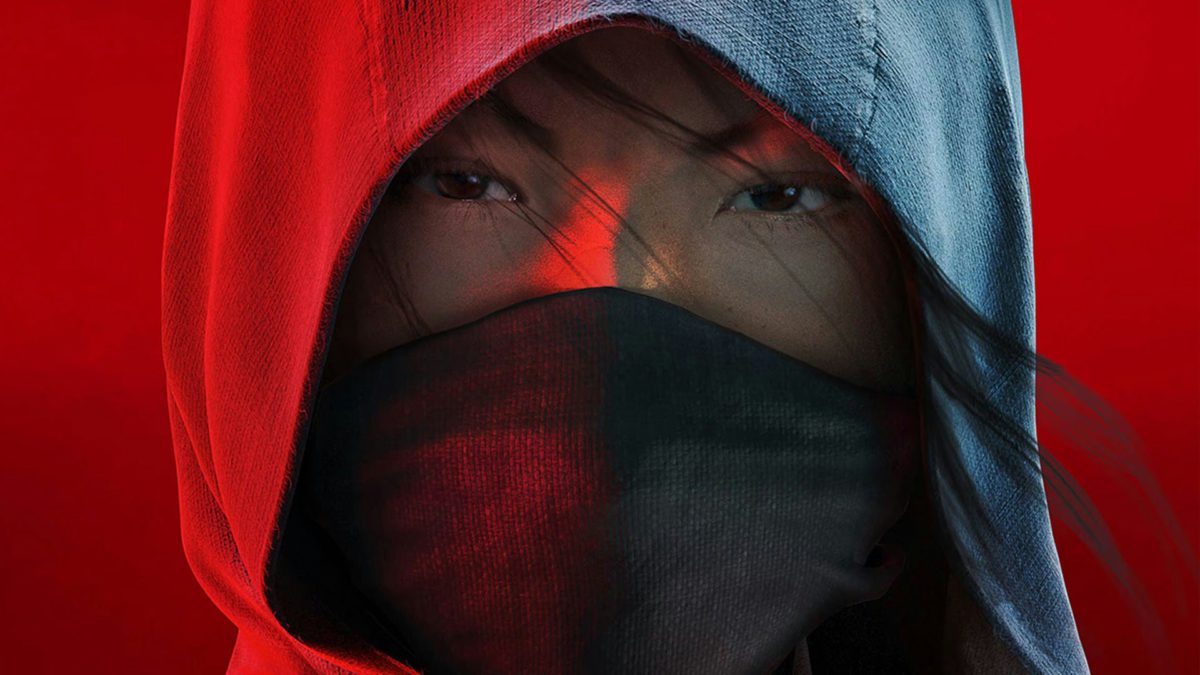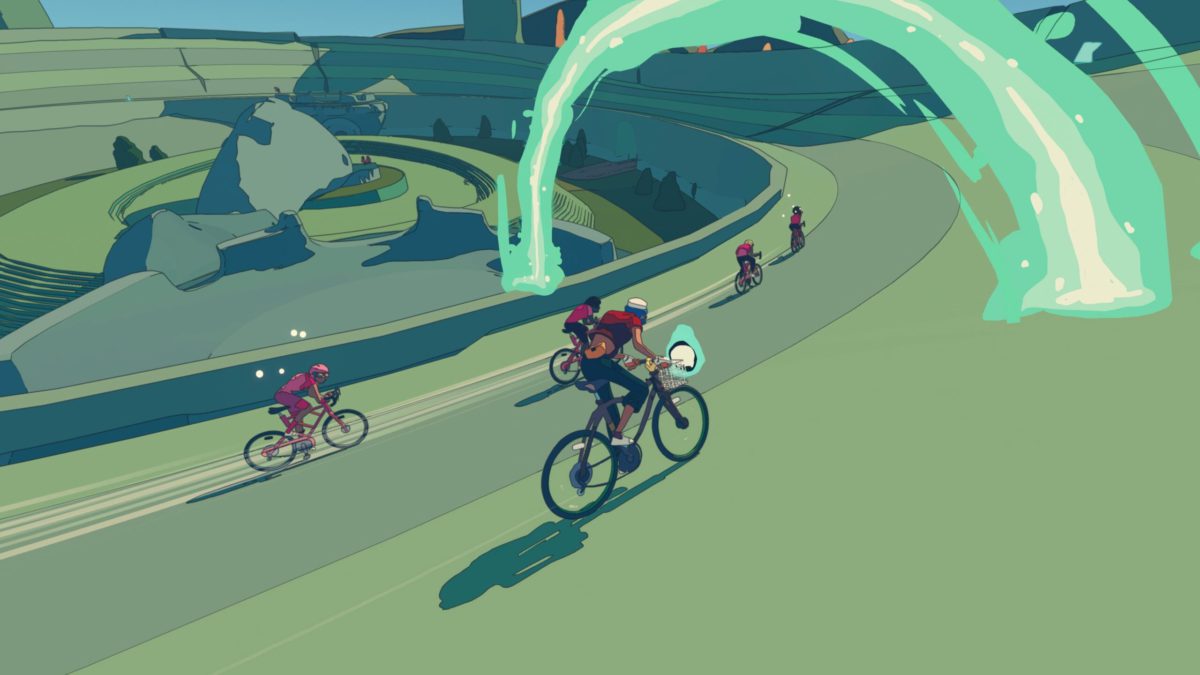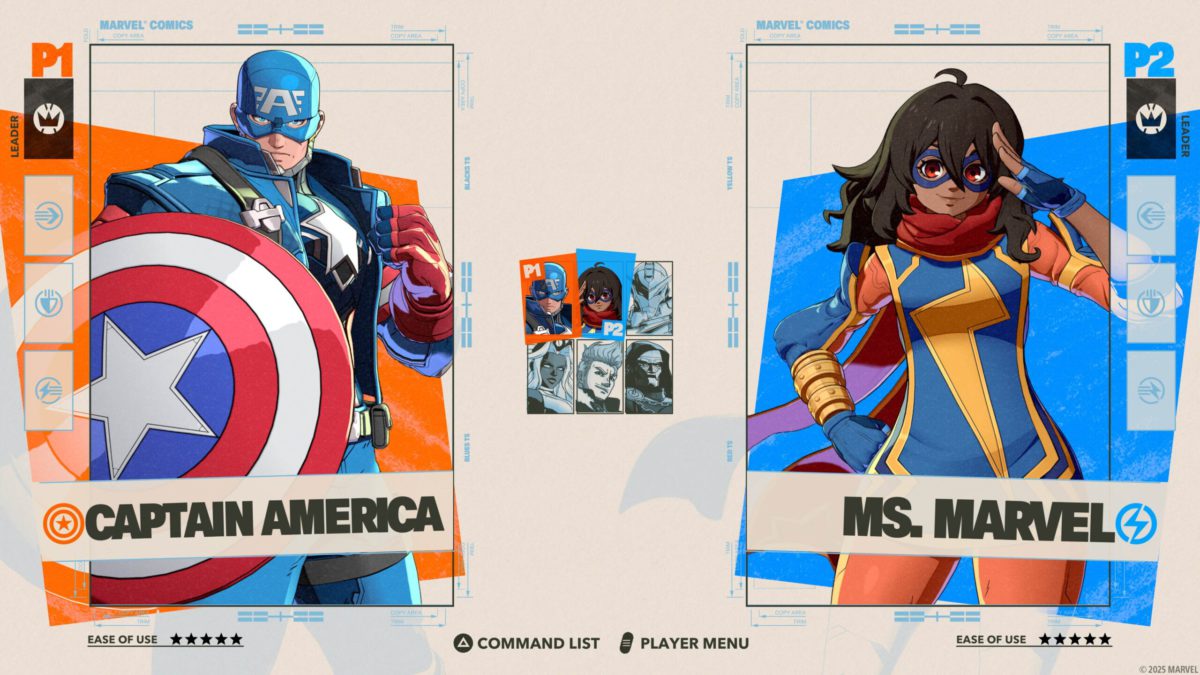The post Microsoft Flight Simulator Announces a Marketplace Lifetime Exclusive: The Cessna Citation X by FlightFX appeared first on Xbox Wire.
Category: Video Games
Dive deeper into Mafia: The Old Country gameplay ahead launch on August 8
Hey everyone, Game Director Alex Cox here again to break down another look at Mafia: The Old Country, following the Gameplay Trailer breakdown back in May. As with every Mafia title, the team at Hangar 13 has been hard at work ensuring that this all-new entry set in 1900s Sicily elevates and honors the classic gameplay pillars fans know and love.
In this video series (stay tuned for more updates soon), we’re showing off several key aspects of this updated gameplay through the lens of Enzo’s experience as a newly enlisted member of the Mafia. Each entry will be narrated by a different figure in the Torrisi crime family, beginning with the Don himself.

Family responsibilities
Being part of the Torrisi crime family comes with certain obligations. In this video, you’ll get a taste of what’s expected from those who join, especially new soldatos who have yet to prove themselves. We begin with the Don asking Enzo to “send a message” that says “Torrisi takes care of his family and affairs.” How you carry out duties like these will vary throughout the story, as next we see Enzo collecting a protection payment at gunpoint before fearlessly enacting the Don’s will in a bloody knife duel.
Each task Enzo undertakes on behalf of the Family will show off his unflinching tenacity and the range of his abilities, whether he’s leaping across rooftops on foot, pursuing cars through the country on horseback, or skulking into hostile territory to dispatch enemies silently or guns-blazing.
We then glimpse Enzo openly strolling through a bustling San Celeste and striking at enemies from the shadows underground; this section also gives you a look at Instinct mode, which lets you detect foes through environmental obstacles. Cut to Enzo continuing to lethally stalk and doggedly pursue enemies across the Valle Dorate, giving us a sense of the many high-stakes jobs he’ll undertake for the Family.
I’ll have to stop there to avoid giving too much away, but as always, it’s a thrill to unveil more of this gripping Sicilian crime drama as the team refines all the finishing touches. Stay tuned for more deep dives into the game soon.
We can’t wait for Mafia: The Old Country to be in your hands soon when it launches on August 8. The game is available for pre-order now on PlayStation 5.
Ubisoft Suffers ‘Mixed Results’ as Assassin’s Creed Shadows Hits 5 Million Players, While Rainbow Six Siege X Struggles

Ubisoft has announced “lower-than-expected” results for its latest financial quarter, and blamed the newly-relaunched Rainbow Six Siege X.
Assassin’s Creed Shadows, meanwhile, has continued to perform “in line with expectations”, and recently passed 5 million unique players. Ubisoft has to date not provided an exact sales figure for the game, which is also offered as part of its Ubisoft+ subscription service.
In a statement, Ubisoft boss Yves Guillemot described the quarter as featuring “mixed results”.
So what went wrong? Ubisoft has pinned the blame on “temporary but signficant disruptions” in player spending within Rainbow Six Siege X, its newly-relaunched shooter that it describes as having faced “technical pricing issues”.
Launched on June 10, Rainbow Six Siege X saw Ubisoft’s veteran team shooter essentially go free-to-play, with access to various modes and operators unlockable without the need for a premium edition. Separate to this, Ubisoft said it has suffered from a “pricing exploit with prepaid currency cards that temporarily inflated virtual currency wallets” — something that has now been fixed.
Today’s new player figure for Assassin’s Creed Shadows, meanwhile, sees the game continue to do what Ubisoft needs it to do, as players wait for Claws of Awaji — the game’s first big expansion due at some point this fall.
“The first quarter delivered mixed results,” Guillemot said. “On the positive side, Assassin’s Creed Shadows delivered on its expectations, with now more than 5 million unique players since its launch, and Rainbow Six Siege X received highly positive player feedback thanks to its renewed gameplay and enhanced features that drove significant player engagement growth.
“However, player spending in Rainbow Six Siege faced temporary but significant disruptions due to technical pricing issues, which have now been identified and addressed. Despite this one-off setback, the growth potential of the game is strong with solid traction on activity and in-game spending.”
Earlier this week, Guillemot blamed Star Wars Outlaws‘ lackluster performance on the “choppy waters” of the sci-fi saga’s fandom.
Tom Phillips is IGN’s News Editor. You can reach Tom at tom_phillips@ign.com or find him on Bluesky @tomphillipseg.bsky.social
In acid-bright office shooter Gossamer Matrix you have to reload while managing a deskful of junk
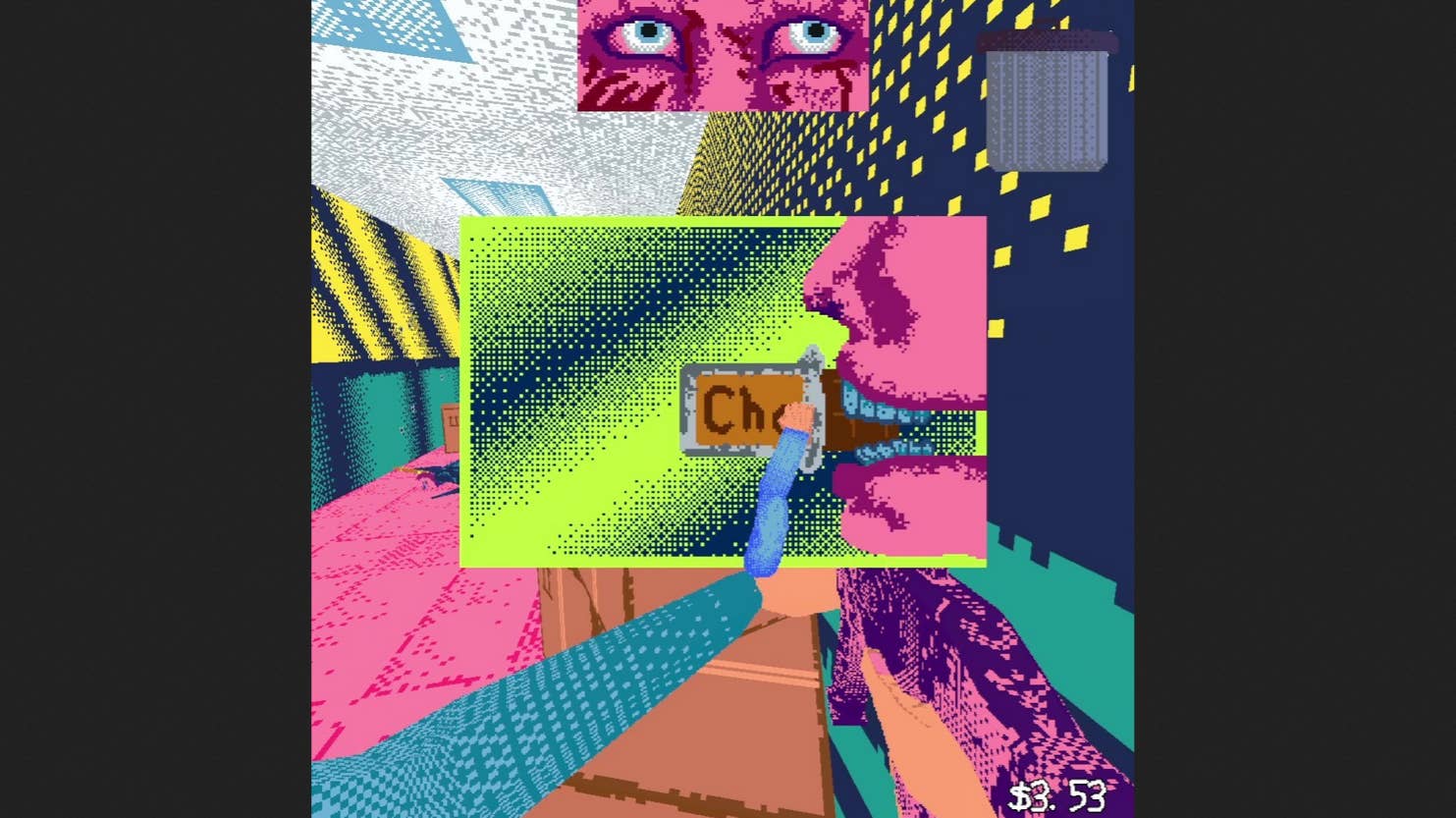
If I’m interpreting the press materials for Gossamer Matrix correctly, this is an FPS in which you might accidentally stuff a chocolate bar into your AK47 while trying to reload. The result will not be a fusillade of chocodrops. Instead, you will be gunned down like the miserable office slob you absolutely are. So keep your workspace tidy, chief.
I’m looking at my desk as I type these words. It contains: a piece of paper with “gel” written on it, purpose unknown; a stolen Cafe Nero mug, never cleaned; Vikram Chandra’s memoir Geek Sublime; and a bag of raisins. I do not own a gun, because this is the UK and one of the UK’s few advantages is that the vast majority of people don’t own guns, but if I did own a six-shooter and were lured into a gunfight right now, I guarantee I’d be stuffing raisins into the chamber while choking to death on my own bullets.
Deals For Today: I Found Switch 2 In Stock At Target And Pokémon TCG Destined Rivals ETB Under Market Value
After weeks of dry restocks, Target has the Nintendo Switch 2 available again (for now). Both the standard console and the Mario Kart World Bundle are back up for order (while supplies last), giving anyone who missed out at launch a rare shot to pick one up at retail price. Target’s listings aren’t behind a waitlist like Amazon’s invitation system either. Over in the world of Pokémon, the Destined Rivals Elite Trainer Box has dropped to $102.94 on Amazon, undercutting TCGPlayer’s listing by over $10. That’s a solid deal in the middle of Pokémania 2025, especially for sealed collectors or someone who needs that Illustration Rare Team Rocket’s Wobbuffet promo.
Rounding out today’s best offers, collectors can lock in a preorder for the Tamashii Nations Cyclops S.H.Figuarts figure at $100, complete with multiple optic blast effects and poseable parts straight from the GAMERVERSE. Small Soldiers fans can relive ‘90s chaos with the new 4K Steelbook edition for $25.99, while Firefly diehards get a definitive version of Serenity in its 20th Anniversary 4K Steelbook for $29.96, loaded with extras. And if you’re tired of throwing money at canned air, the RELIDOL 100000RPM Electric Air Duster is just $27.99 today, offering powerful cordless cleaning that pays for itself fast.
Destined Rivals Elite Trainer Box
Now down to $102.94, beating TCG Players’ price of $114.99 plus postage. Over $10 lower than the current market value is nothing nothing to turn your nose at if you’re after sealed product during Pokémania 2025!
Pokémon TCG Stock Update
Amazon is finally killing it for Pokémon TCG elite trainer box stock and pricing, and some are the closest to MSRP the big box retailer has been for weeks. Not only is the Black Bolt ETB vastly undercutting the secondary market, Paradox Rift ETB is even cheaper (And an overlooked set in my opinion, stock up now).
There’s other great deals on ex boxes too, which are also near MSRP and around the same or just under listings on TCG Player. The sealed market is becoming more competitive, so it’s more important than ever to give eBay a quick check before hitting buy.
Nintendo Switch 2 Stock Updates
In a shocking move, Target is selling both Nintendo Switch 2 SKUs without preorders, waiting lists or raffles, so snap them up quickly. As predicted, Nintendo Switch 2’s launch window is seeing stock shortages. If you didn’t preorder at launch, you’ve probably been waiting for stock drops since launch. Amazon currently has it’s invitation system in place for both the standard console SKU and the Mario Kart world bundle, so it’s always worth getting on the waiting list whilst you wait. If successful, your purchase link will be live for 72 hours.
TAMASHII NATIONS – X-Men – Cyclops (GAMERVERSE)
Cyclops GAMERVERSE S.H.Figuarts figure from Tamashii Nations is now up for preorder at Amazon for $100, and it’s packed with the kind of articulation and premium detail the line is known for. You’ll get three interchangeable optic blast effects, from a subtle glow to full-blown superblast, plus multiple visors, facial expressions, and hand options to fully recreate your favorite poses. It even includes a special mount for background displays.
Small Soldiers 4K UHD Steelbook + Digital
Joe Dante’s Small Soldiers is back with a bang in this new 4K UHD Steelbook edition, now just $25.99 (down from $30.99) on Amazon. Combining the mischief of Gremlins with the firepower of G.I. Joe, this cult classic delivers practical effects chaos and ‘90s nostalgia in equal measure. Featuring Gregory Smith, Kirsten Dunst, and the late Phil Hartman in his final film role, the Steelbook includes a crisp remaster and digital copy.
Compressed Air Duster (100000RPM)
RELIDOL Compressed Air Duster is a powerful, eco-friendly cleaning tool that’s up to 44% off today at just $27.99 (regularly $49.99). With a blazing-fast 100,000RPM motor and three adjustable airflow modes, it clears dust, crumbs, and debris from keyboards, PC towers, car interiors, and more in seconds. The built-in LED light helps you spot hidden grime, while the rechargeable 7500mAh battery offers up to 40 minutes of cordless runtime.
Serenity (2005) – 20th Anniversary Limited Edition Steelbook 4K
Firefly fans, this is the definitive edition you’ve been waiting for. The 20th Anniversary Limited Edition Steelbook of Serenity is now available for $29.96 (down from $34.99) and includes 4K UHD, Blu-ray, and digital formats and a massive lineup of bonus content. Directed by Joss Whedon and starring Nathan Fillion, Alan Tudyk, and Summer Glau.
The Legend of Zelda Hardcover Book Sale
Nearly every The Legend of Zelda hardcover book you need for your collection is available in this sale with some cracking discounts. It includes my favorite one, Hyrule Historia, that fills in more than a few gaps in the LoZ lore, although the timeline has already been slightly retconned. It also includes full and expanded official guides for Breath of the Wild and Tears of the Kingdom.
KRK Kreate Powered Studio Monitors
I can personally guarantee a set of powered studio monitors will sound better than almost any sound system with or without a subwoofer. The new line of KRK Kreate studio monitors aren’t just for recording music (Although they’d do an amazing job), they’re a versatile sound option for content creation, editing, gaming, watching TV and movies and more. Buyers can even teather to them via Bluetooth for no fuss connections.
I’ve been using the 8-inch speaker models for a couple of weeks now, and they destory my soundbar and subwoofer combo that cost’s nearly double the price of these. There’s precision adjustments knobs on the back, which I keep mostly in neutral with volume up by half for a crisp flat sound with the right amount of bass. Although that can be cranked up when needed.
Personally I use an audio splitter so my Krate 8s can handle my Nano QuadCortex guitar amp moddler, my TV audio and gaming PC audio for the best experience. For me, going from a 3-inch to 8-inch speaker option is night and day. The clarity difference and range is top-tier, not to mention the jack, XLR and aux outputs available on each monitor that fits in perfectly in everyone’s setup. You’re getting top-of-the-range brand quality without the “gaming” brand tax, it’s a win-win.
Apple AirPods Pro 2
AirPods Pro 2 are one of those earbuds I keep noticing for their mix of sound quality and thoughtful features. At $199, they offer a strong balance of value and performance. The active noise cancellation blocks out a lot of background noise while adaptive audio automatically adjusts based on your surroundings. You get four sizes of silicone tips for a customizable fit, and once those are set they stay comfortable even through longer listening sessions. The personalized spatial audio and hearing aid features add extra depth, giving them more flexibility than just a standard pair of wireless earbuds.
INIU Portable Charger 10000mAh 45W
This is ideal for carrying around when you’ve forgot to stick your phone on charge overnight, 45W is more than enough power to charge anything whilst using it, from phones to Nintendo Switch 2. So who can argue for $12?
Donkey Kong Bananza
If you own a Switch 2 and not Donkey Kong Bananza, there’s something a-miss. We’ve given it a rare 10/10, and is officially Nintendo’s latest handheld’s first killer app and system seller. It’s from the same team behind Super Mario Odyssey and takes full advantage of the power packed into Nintendo Switch 2. Just get it, play it, then thank me later.
EA let Battlefield 6 players lock weapons to classes in latest scuffle over how much Battlefield should enforce teamwork
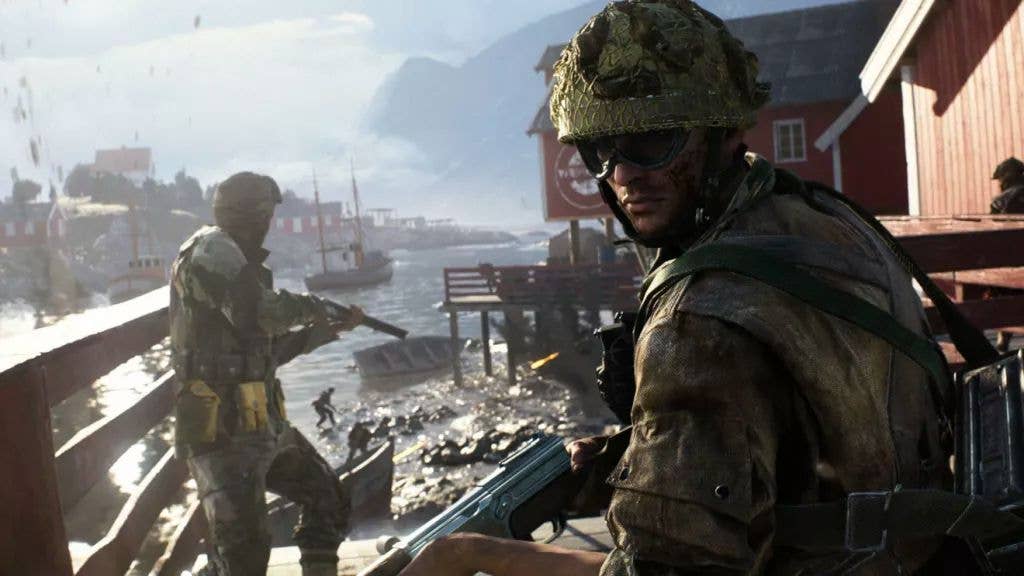
EA and DICE have decided to let players choose between locking weapons to classes in the forthcoming Battlefield 6, or being able to equip any weapon to any class. It might sound like a throwaway technicality, next to the existential terror of reports that EA want the new shooter to find a following of 100 million players. In practice, the decision to give players the option of locking weapons to classes is Serious Business. it’s the latest manifestation of a debate that goes back to Battlefield’s formative squabbles with rival FPS Call Of Duty in the noughties.
Pokémon Legends: Z-A Officially Confirmed to Bring Back a Popular X and Y Character

During today’s Pokémon Presents, we saw a ton of new footage of Pokémon Legends: Z-A, including a brand new Mega Evolution. But for lore nerds, what was far more interesting was the official, confirmed appearance of a very popular character from our adventure in Pokémon X and Y. And yes, I’m going to spoil it for you below this video, so don’t keep scrolling if you don’t want to know.
If you watched today’s trailer, you’ll know this isn’t much of a spoiler: Emma, from Pokémon X and Y, is officially confirmed for Pokémon Legends: Z-A. Emma has been a part of fan speculation ever since the game was announced, and theories about her presence in Z-A have only multiplied over time.
For some context, Emma is a young girl in X and Y who is adopted and trained by Looker, a detective in Lumiose City who’s become a fan-favorite character after multiple game appearances. At the end of X and Y, Looker effectively hands over the keys to his Looker Bureau to Emma. We’ve already seen that the Bureau appears in this futuristic Lumiose, so it makes sense that Emma would be running it. What’s more, her design suggests she’s still running around the city as the crime-fighting Essentia, based on the outfit under her jacket.
探偵事務所の2代目所長🔍
「マチエール」ミアレシティナンバーワン☝️
凄腕の探偵兼ポケモントレーナー❗️💡マチエールの助手になって、困っている人の依頼を解決しよう🕵️#ポケモンプレゼンツ #PokemonLegendsZA pic.twitter.com/Zf0cNBRSpE
— 【公式】ポケモン情報局 (@poke_times) July 22, 2025
That said, Emma’s presence does beg some questions. When exactly is Pokémon Legends: Z-A set? We don’t know! Emma is definitely older in her Z-A appearance, but probably not so much older that there would have had time to essentially rebuild Lumiose from the ground up, from its X and Y aesthetic to the futuristic city appearing in Z-A.
Have there been time-traveling shenanigans? Is this Emma’s daughter, also named Emma? Probably not that second one. Maybe the denizens of the Kalos region are just really, really fast at building cities.
Serebii Update: Official artwork for Emma & Mable in Pokémon Legends Z-A https://t.co/NWlAdn57aQ pic.twitter.com/zsdP9u36Dw
— Serebii.net (@SerebiiNet) July 22, 2025
It’s also worth pointing out here that another familiar face from X and Y appeared during today’s trailer, albeit one that’s maybe a little less instantly recognizable. If you spotted Mable, the new director of the Pokémon Research Lab, you might have recognized that she’s a former member of Team Flare. She’s uh, not exactly the most moral of people in X and Y, so it will be interesting to see if she’s reformed since then or if there’s something unsavory going on at the research lab.
There were other reveals during today’s trailer, including brand new characters like Naveen, Lida, and either Urbain or Taunie. We also saw a brand new Mega Evolution, Mega Dragonite. Pokémon Legends: Z-A is coming to Nintendo Switch and Nintendo Switch 2 on October 16, 2025.
You can catch up on everything shown during today’s Pokemon Presents right here.
Rebekah Valentine is a senior reporter for IGN. You can find her posting on BlueSky @duckvalentine.bsky.social. Got a story tip? Send it to rvalentine@ign.com.
New Pokémon Champions Gameplay Trailer Reveals 2026 Launch Window
Just a little longer now…
Whilst we already knew that Pokémon Champions, an upcoming battle-focused game for Switch and mobile platforms, was a thing that is happening, extra details have been fairly thin on the ground this far, including when we’ll actually get our hands on the game.
Now, thanks to a brand new gameplay trailer which was just shown during the latest Pokémon Presents, we have some more info to dig into, most important of which, perhaps, is that the game won’t arrive until 2026. There’s no further info on exactly when we can expect a drop, but this is a little longer than we’d expected, given that we’ve known about the new entry for a little while now.
Read the full article on nintendolife.com
World of Warcraft: Mists of Pandaria Classic Is Now Live
The post World of Warcraft: Mists of Pandaria Classic Is Now Live appeared first on Xbox Wire.
MARVEL Tōkon: Fighting Souls debuts at Evo 2025
Dearest fighting game aficionados, tag-team warriors, Marvel fans, and everyone in between,on behalf of the teams at PlayStation XDEV, Arc System Works and Marvel Games, it is our pleasure to announce that the very first playable experience for MARVEL Tōkon: Fighting Souls will be at Evo Las Vegas 2025 at the Arc System Works booth!
Attendees will be able to duke it out with their friends and construct their very own 4-character team from a roster of 6 playable Marvel legends, including Captain America, Iron Man, Storm, Star Lord, Ms. Marvel, and of course, Doctor Doom. All players who step into the ring will also walk away with an amazing collectible pin based on our fighting souls – you won’t want to miss it!
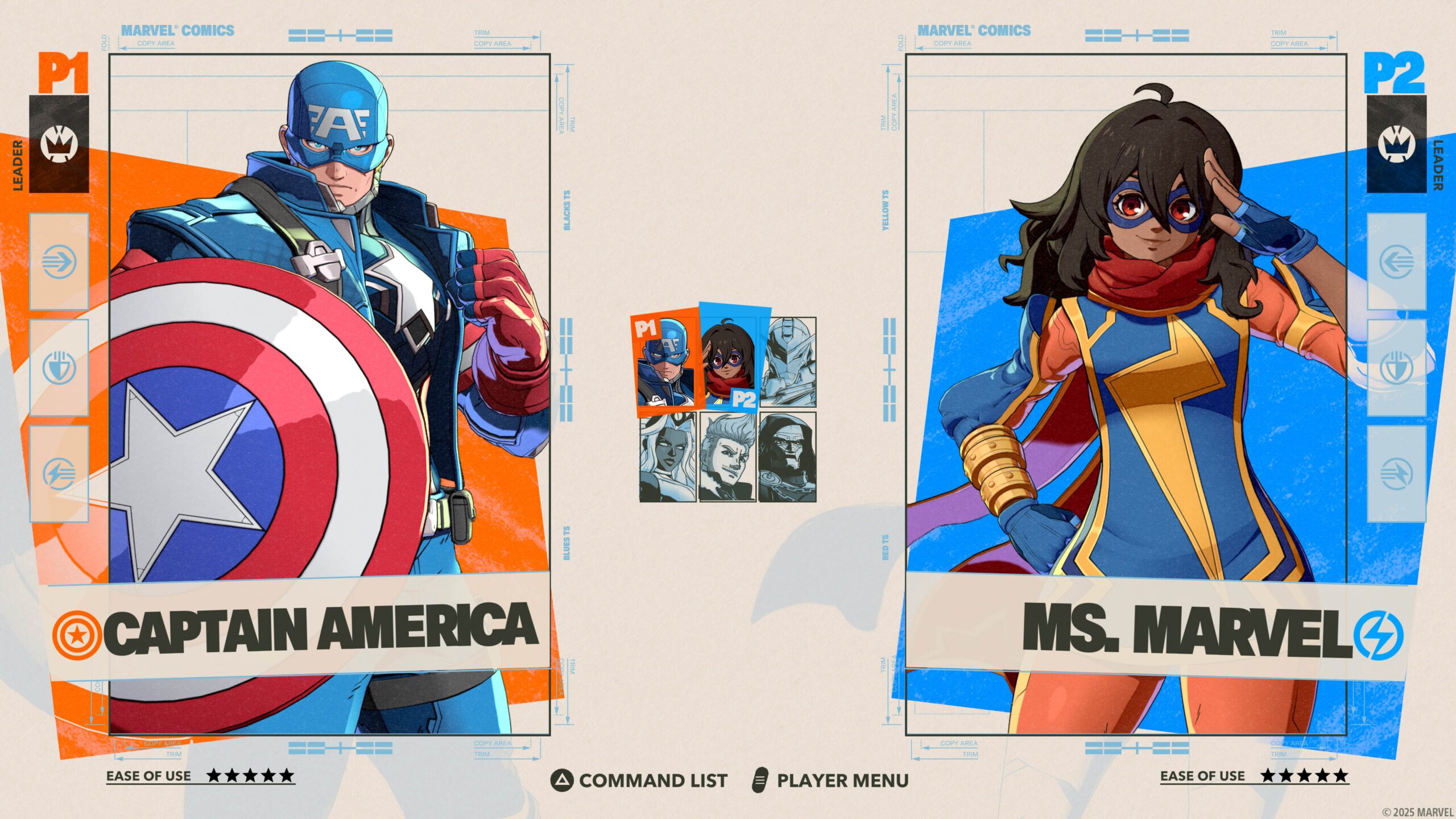
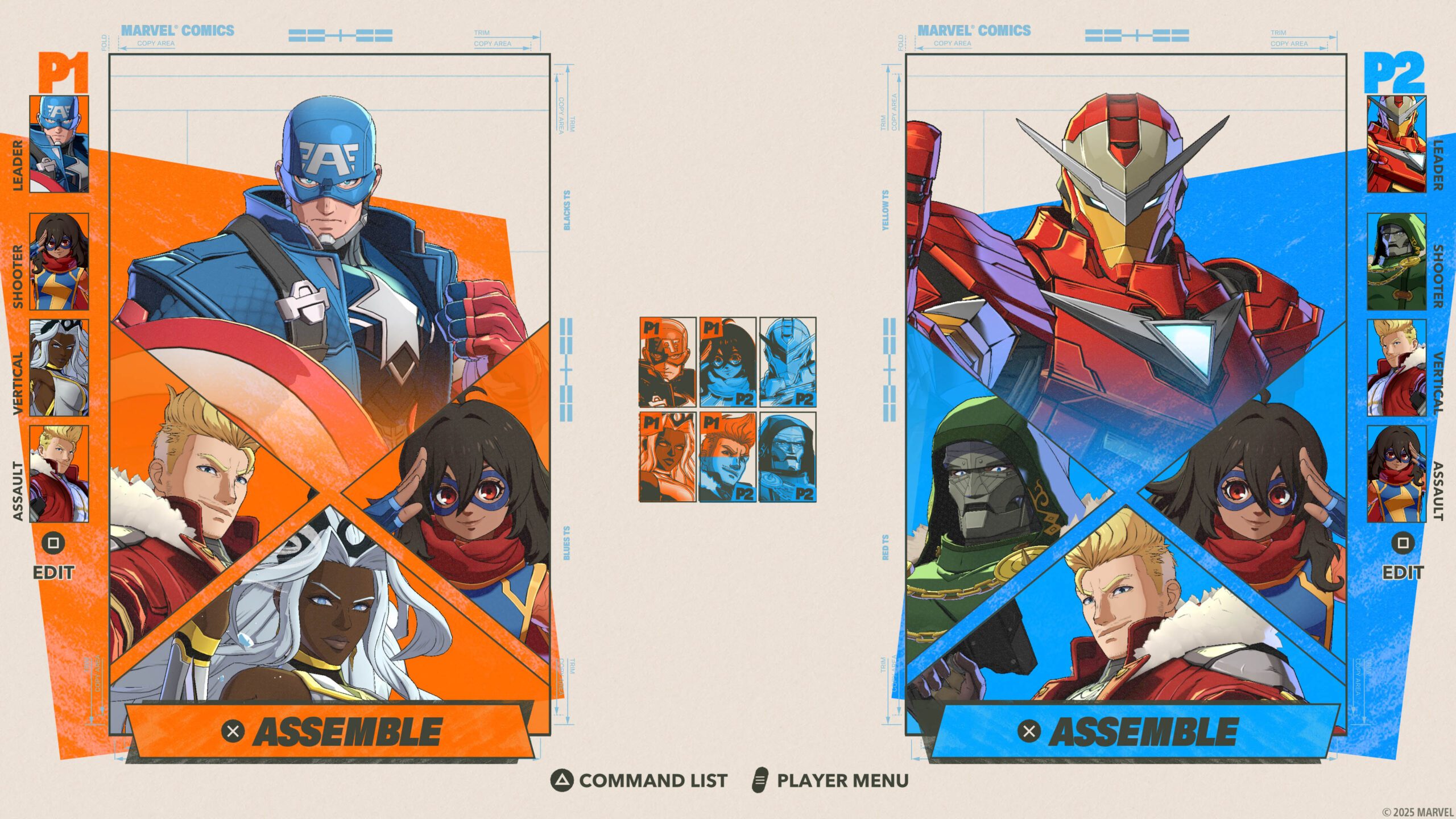
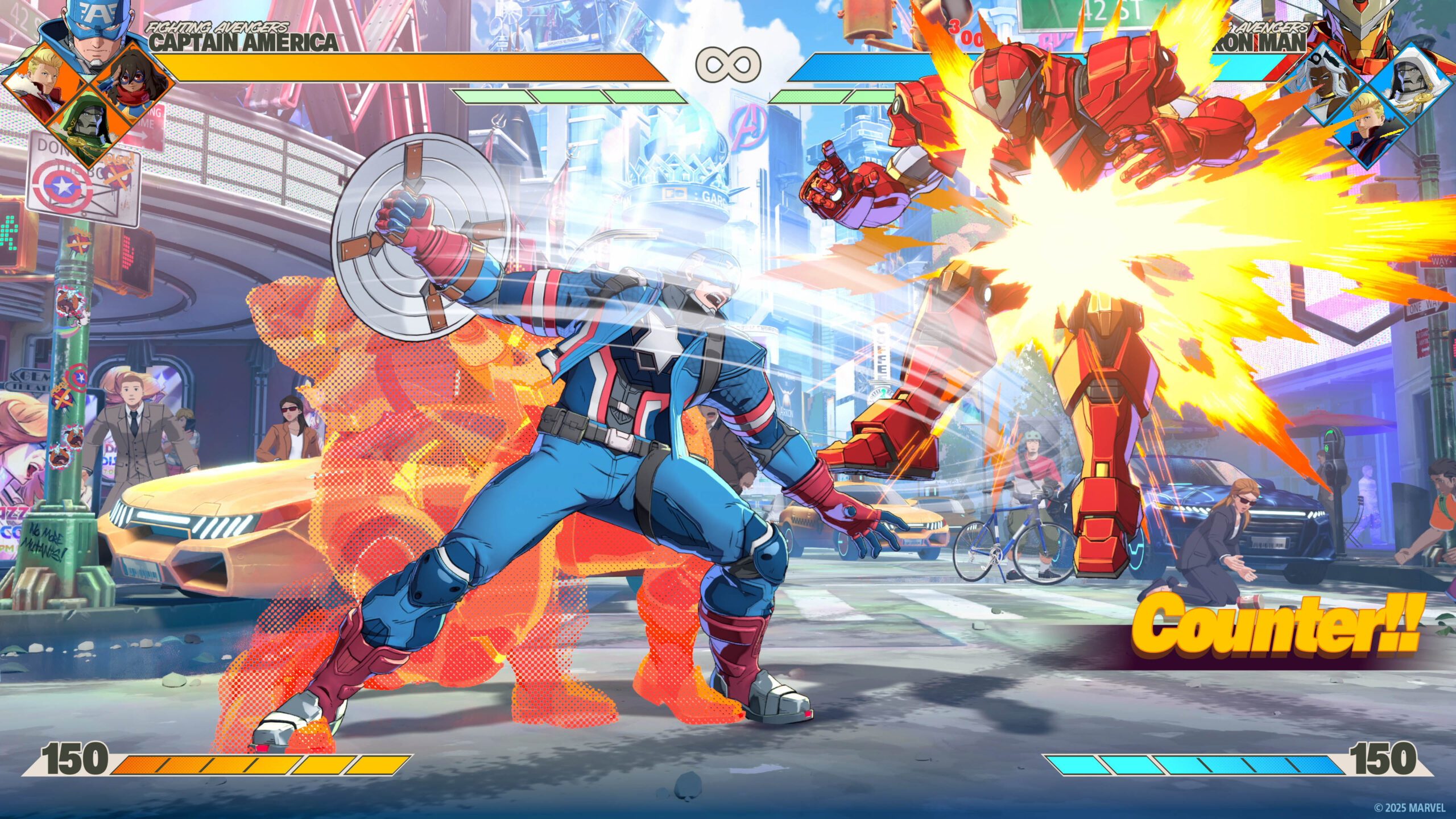
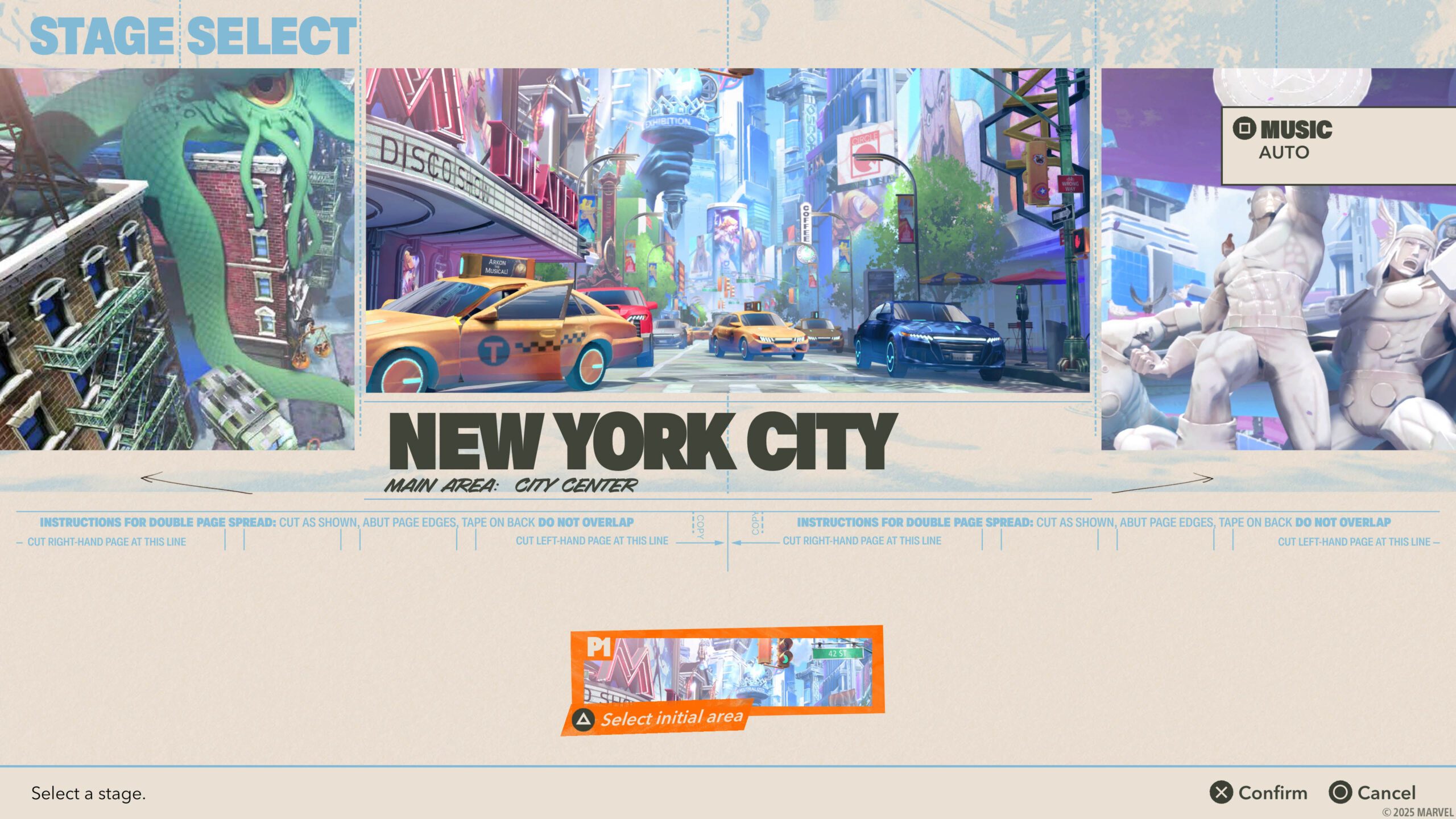
In addition, we are thrilled to be hosting a Developer Combat Panel with key members of the Arc System Works and Marvel Games Development teams, taking place on Friday August 1st at 8pm PT on the Evo Showcase Stage. We will be shedding new light on the core gameplay mechanics, so we really hope to see you there!
And if you can’t make it in person you will be able to watch the Panel livestreamed at youtube.com/@evoevents
Lastly, we’d like to end with a message from the MARVEL Tōkon: Fighting Souls Game Director: Kazuto “Pachi” Sekine:
“This is Sekine, Director of Marvel Tōkon: Fighting Souls. I’d like to express our thanks on behalf of the entire development team for the incredible response to the State of Play trailer. The game is still under development, but we’re really looking forward to sharing more in our Evo panel, and especially for fans to try it out for themselves with the very first trial version at the event. My hope is to “Assemble” with all of the players and create an amazing game together. We’re trying out many new things to offer a fresh experience. I can’t wait to hear your feedback and thoughts.”
Get ready to assemble your team, and we will see you at Evo!
Keep up to date over the weekend by following our socials @MarvelTokon.






